- Stetson MS
- Dedication and Ribbon Cutting Ceremony
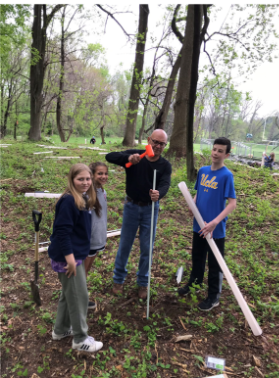
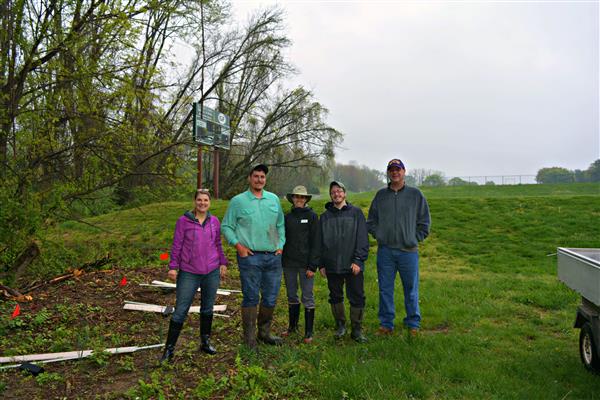

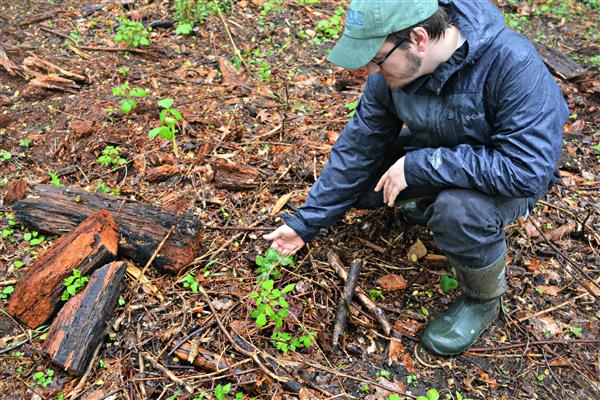

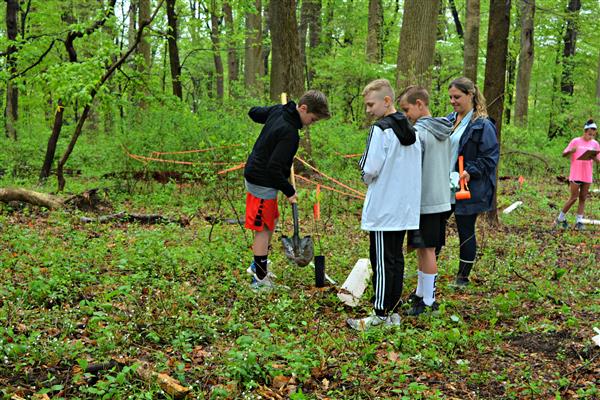
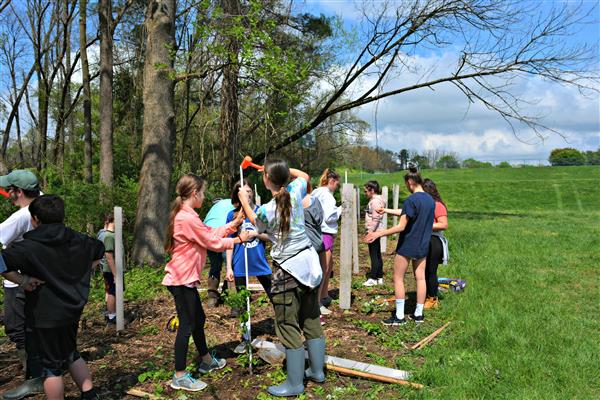
October 28, 2021
-
Grand Opening of the West Chester Area School District(WCASD) Water Quality Education Center at Stetson Middle School was held on Wednesday, October 27, 2021. The Water Quality Education Center, funded by a $65,000 grant from the Department of Environmental Protection, includes outdoor learning classrooms for students and interpretative signage for the community.
Stetson Middle School (SMS) is located on the Brandywine Watershed. This watershed contributes to the health of the water in the Brandywine River, Delaware River, and Delaware Bay before flowing into the Atlantic Ocean. The condition of the waterways depends on the choices made by our community.
With support from the Stroud Water Research Center, the WCASD has undertaken forest restoration and the development of an Outdoor Water Quality Education Center on the site of SMS. Many invasive species were identified and removed from three acres of forest.
“Vision has impact,” said Kalia Reynolds, Assistant Superintendent of the WCASD, “we are here because of partnerships, years of planning, hard work, and dedication. This is for our students.”
In order to bring the forest back to its original condition, the planting of 272 native species trees, including tree tubes and stakes to protect new plantings from deer browsing damage, was completed by sixth-grade students from Stetson Middle School. Students from Henderson High School’s Ecology Club and Peirce Middle School have come to help prune and clear the weeds from around the trees since the plantings.
High school technology education classes accepted the challenge of designing and building outdoor classroom spaces. Teachers Ted Harrison at Rustin High School, and Joe Cummings at Henderson High School, constructed the signs, benches, tables, and stands with their students. The birdshouses in the education center were built by students in the middle school technology classes.
“The classrooms are for the teachers, but most importantly the students. The students are going to be the caretakers and stewards of their educational center as we move forward,” said Dr. Steve Kerlin of the Stroud Water Resource Center. “This is relevant to the students because this is their watershed. They need to make informed decisions because their actions impact the future.”
Dr. Paul Joyce, the Science Supervisor for the WCASD, said, “You will see informational signs, tagged trees, plants that have labels, outdoor classroom spaces, and you will even see birdhouses in our Education Center, but that is only a part of what we have been able to accomplish. The WCASD sixth-grade science teachers are an unbelievable team. They worked together to develop and create curriculum not only used in sixth grade, but also adapted and improved curriculum for students in 3rd, 4th, and 5th grades.”
The developed watershed curriculum will tremendously benefit students with real-life, hands-on experiences as they utilize materials such as soil thermometers, thermometers, rain gauges, anemometers, soil and water test kits, and a wide variety of hand-held data-gathering devices similar to those used by professional researchers.
Additionally, an elective course for the high schools was created from work completed, Aquatic Ecology and Marine Biology. Through various projects, laboratory activities, field studies, and research, the course will implement a multi-disciplinary approach to learning how communities, both local and global, rely on and impact water resources. Students will analyze data gathered at the WCASD Water Quality Education Classroom in course work.
“I want to thank the Stetson Middle School administrative team who supported this project from step one,” said Joyce, “and I want to take a moment to remember SMS principal Dr. Charles (Chas) Cognato. Chas was an integral part of the Education Center, and I wish he were here to see it completed.”
SMS principal, Mary Kay Pucalla, cut the ribbon to officially welcome students, school board members, honored guests, and district administrators into Education Center. The ribbon was made out of 3 types of invasive species braided together. Puchalla swapped out the large ceremonial scissors for a pair of loppers to cut through the invasive vines and plant material.
The WCASD Water Quality Education Center will serve as a model that other Pennsylvania school districts can replicate on their school properties and in their curriculum to engage students in meaningful learning about water quality improvement projects. The project partners, Stroud Water Research Center and Pennsylvania Department of Environmental Protection, will disseminate the restoration, teacher professional development, and student learning processes of the project to other schools around the state.
In addition to creating a systemic educational impact, the project also follows the model and guidelines of a meaningful watershed educational experience (MWEE). MWEEs are the gold standard for watershed education as described by NOAA and the environmental literacy workgroup of the Chesapeake Bay Program Agreement signed by Pennsylvania Governor Tom Wolf and all governors of the multi-state Chesapeake Bay watershed.
This project is a tangential outcome and exemplar that will be highlighted by the work of the PA Watershed Education Task Force as part of the NOAA Chesapeake B-WET funded PA Capacity Building Project.
Dr. Paul Joyce (WCASD) is a school administrator representative on this task force. The principal investigators are Dr. Steve Kerlin (Stroud Center) and Tamara Peffer (PA Department of Education). Additional members of the leadership team are Bert Myers (DEP Environmental Education), Carissa Longo (DCNR Bureau of State Parks), Jean Fetter (Penn State Extension), Jessica Kester (PA Association of Environmental Educators), Dr. Nanette Marcum-Dietrich (Millersville University), Allison Acevedo and John Brakeall (DEP Environmental Justice) and Tara Potter (Chesapeake Bay Foundation)

